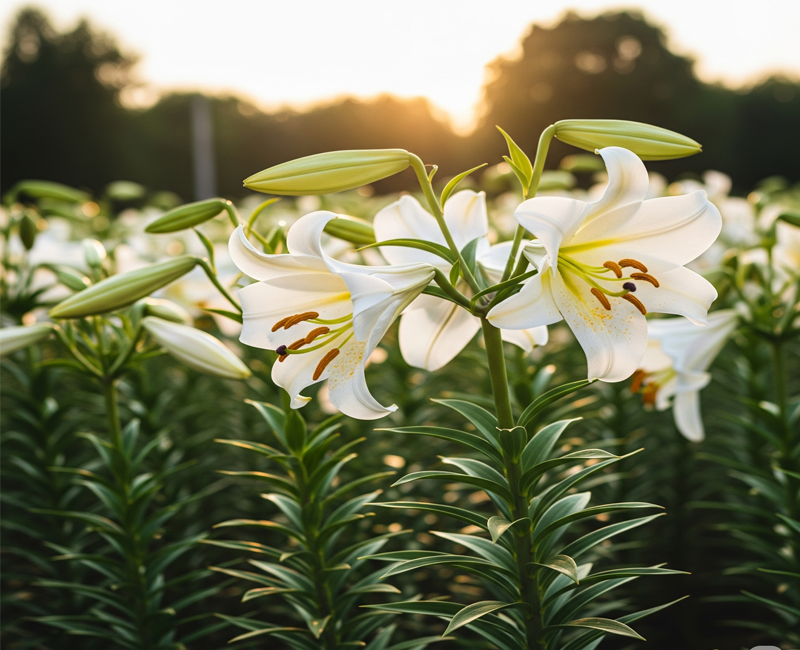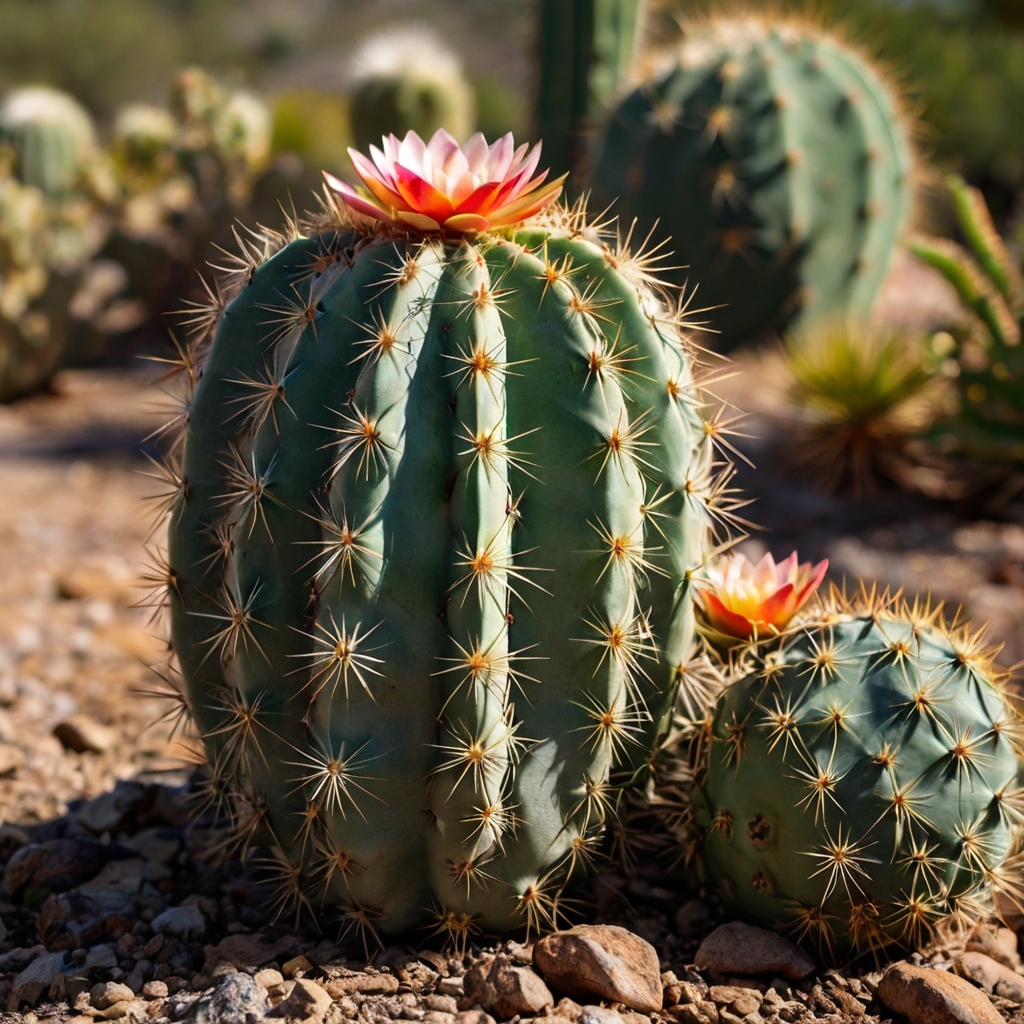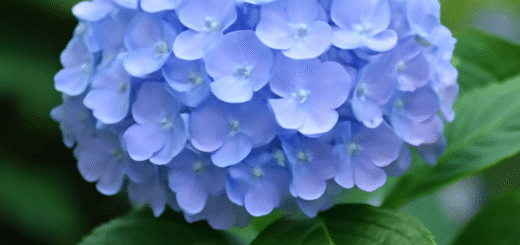Lily flower Plants| Facts, Uses, Description, Cultivation

There are several genera of herbaceous flowering plants in the Lilium genus, all with large and prominent flowers. In many parts of the world, lilies are important cultural and literary objects. The majority of species are native to the Northern Hemisphere and their range extends. There are many other plants with “lily” in their common names, but they do not belong to the same genus and are not true lilies. There is a high level of toxicity associated with true lilies for cats.
Description of the Lily flower Plants
Lilies are tall perennials with heights ranging from 1 to 6 feet (30 to 180 cm). Their organs of perennation are naked or tunicless scaly underground bulbs. North American species develop rhizomes from the base of their bulbs, which produce numerous small bulbs. There are some species that develop stolons. Some species form bulbs near the surface of the soil, while most are buried deep in the ground. There are many species that form stem-roots. The bulb grows naturally at a certain depth in the soil, and each year the new stem emerges above the bulb, putting out adventitious roots. A number of species also produce contractile roots, which move bulbs deeper into the soil in addition to basal roots at the base of the bulb.
The flowers are large, fragrant, and come in a variety of colors, including whites, yellows, oranges, pinks, reds, and purples. There are spots and brushstrokes in the markings. It is a plant that flowers late in the spring or in the summer. Typically, flowers are borne in racemes or umbels at the tip of the stem, with six tepals that spread or recurve to produce funnel-shaped or Turk’s cap-shaped flowers. A nectary is located at the base of each flower, and the tepals are free from each other. Superior ovaries are borne above the point at which the anthers attach. It consists of a three-celled capsule.
The seeds ripen in the late summer. The germination patterns of these plants vary and are sometimes complex, and many are adapted to cold temperate climates.
Most cool temperate plants are deciduous during winter and dormant during summer. Some plants with hot summers and mild winters (Lilium candidum, Lilium catesbaei, Lilium longiflorum) lose their leaves in summer and fall, and they enter a short period of dormancy. From autumn to winter, these plants sprout, forming dwarf stems with basal leaf rosettes that elongate when the weather warms up after they have received sufficient chilling.
Distribution and habitat of the Lily flower Plants
Most of Europe and most of Asia are covered by lilies, as well as India, Indochina, and the Philippines in the east. Throughout most of the New World, they are found from southern Canada to the United States. It is commonly found in woodland habitats, often montane, or in grassland habitats. The epiphytes found in tropical southeast Asia can survive in marshlands. The soil should be moderately acidic or lime-free in general.
Ecology of the Lily flower Plants
Larvae of some Lepidoptera species, including the Dun-bar, feed on lilies.
There has been a decline in the numbers of lilies in the wild as well as a threat to garden lilies in North America due to the proliferation of deer (e.g. Odocoileus virginianus) in North America, mainly because large predators have been eliminated for human safety. It may take fences as high as eight feet to prevent them from eating the plants, which is a impractical solution for most wild areas.
Cultivation of the Lily flower Plants
Many species are grown in gardens in temperate, subtropical, and tropical climates. The plants are used as herbaceous borders, woodland and shrub plantings, and patio plants. It is important to grow lilies for cutting flowers or as potted plants. Lilium longiflorum is one of the most important species. Lilium longiflorum may be called the Easter lily because it flowers outside of the normal flowering season for specific markets.
Usually, lilies are planted as bulbs during the dormant season. For most bulbs (except Lilium candidum, which should be planted at the surface), they should be planted on a south-facing, slightly sloping, sunny or partially shaded site, 212 times the bulb’s height deep. It is essential that the soil be porous and loamy, and that it drain well. The majority of species bloom in the northern hemisphere during July and August. There are some species of lilies that bloom in the late spring and some that bloom in the late summer and early autumn. Having contractile roots, they pull the plant down to the correct depth, so planting them too shallow is preferable to planting them too deep. pH levels around 6.5 are generally considered safe for soil. It is best to grow these plants in soil that drains well, and they should be watered while they are growing. While some species and cultivars have strong, wiry stems, those with heavy flower heads need stakes to remain upright.
Pests and diseases of the Lily flower Plants
There is a possibility of aphid infestation on plants. It is the roots that are fed on by leatherjackets. There is considerable damage that can be caused to the stems and leaves of scarlet lilies by the larvae of this beetle. True lilies (Lilium) and fritillaries (Fritillaria) are the only plants on which the scarlet beetle lays its eggs and completes its life cycle. It prefers Oriental trumpets (orienpets), Turk’s cap lilies, and native North American Lilium species to Oriental trumpets (rubrums), tiger lilies, and trumpet lilies. Additionally, some rare and endangered species in northeastern North America could be affected by the beetle. In this category, daylilies are not included (Hemerocallis). It is possible for mice, deer, and squirrels to damage plants. A variety of insects attack seedlings, leaves, and flowers, such as slugs, snails, and millipedes.
There are a number of viral diseases that can cause mottling of leaves and stunting of growth, including lily curl stripe, ringspot, and lily rosette virus.
Propagation and growth of the Lily flower Plants
There are several ways to propagate lilies; By dividing bulbs. By growing-on bulbils, which are adventitious bulbs that form on stems. Scaling involves detaching the whole scales from the bulb and planting them to form a new bulb. It is possible to have complex germination patterns for seeds. Micropropagating (including tissue culture) is often used in commercial quantities to grow lilies into plants large enough to sell in vitro. In 2013, Yadav et al. developed a highly efficient technique for multiple shoot and propagule formation.
To limit the height of lilies, particularly potted plants, plant grow regulators (PGRs) are used. There are several chemicals commonly used to slow the biosynthesis of gibberellins, a class of plant hormones responsible for stem growth, including ancymidol, fluprimidol, paclobutrazol, and uni-conazole.
Toxicity of the Lily flower Plants
There are some Lilium species that are toxic to cats. This is especially true for Lilium longiflorum, though other Lilium and unrelated Hemerocallis can also cause similar symptoms. It is unknown what causes the toxicity, but it can cause acute kidney failure by damaging the renal tubular epithelium (which composes the kidney and secretes, collects, and conducts urine). Cats suspected of eating any part of a lily – including licking pollen that may have brushed onto their coats – should seek veterinary help immediately. If a cat has come into contact with lilies, medical care should be sought immediately, ideally before any symptoms appear.
Conclusion
The lily flower plant is not only a symbol of beauty but also offers several medicinal and ornamental benefits. The variety of lilies available today makes them a popular choice for gardeners and flower enthusiasts everywhere. You can add elegance and health benefits to your garden with lilies, whether you want to attract pollinators or explore their potential health benefits. The significance and allure of these magnificent flowers can be fully appreciated by understanding their different species, care requirements, and uses.



